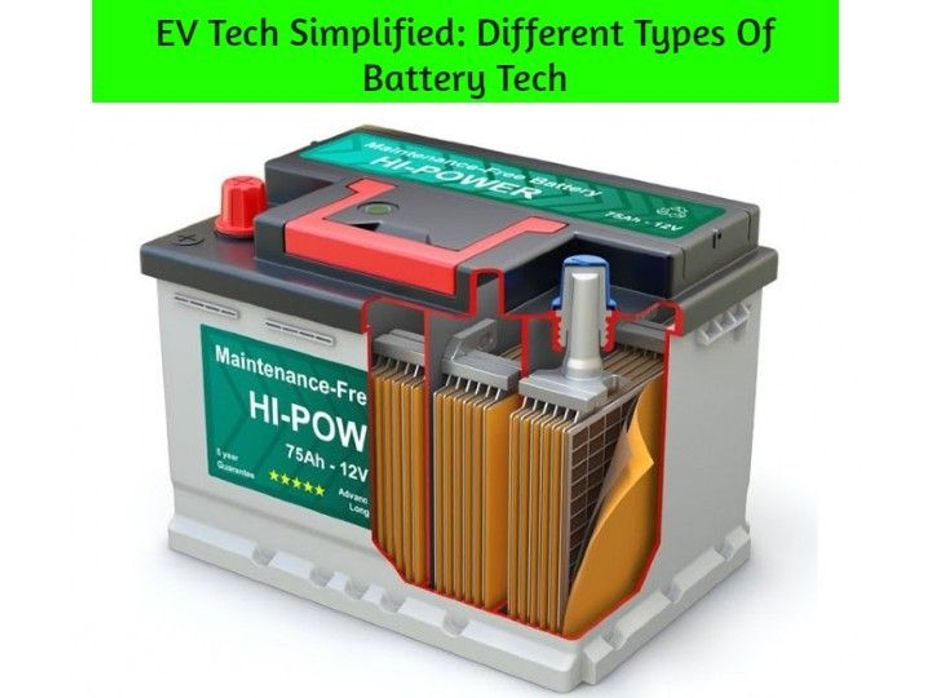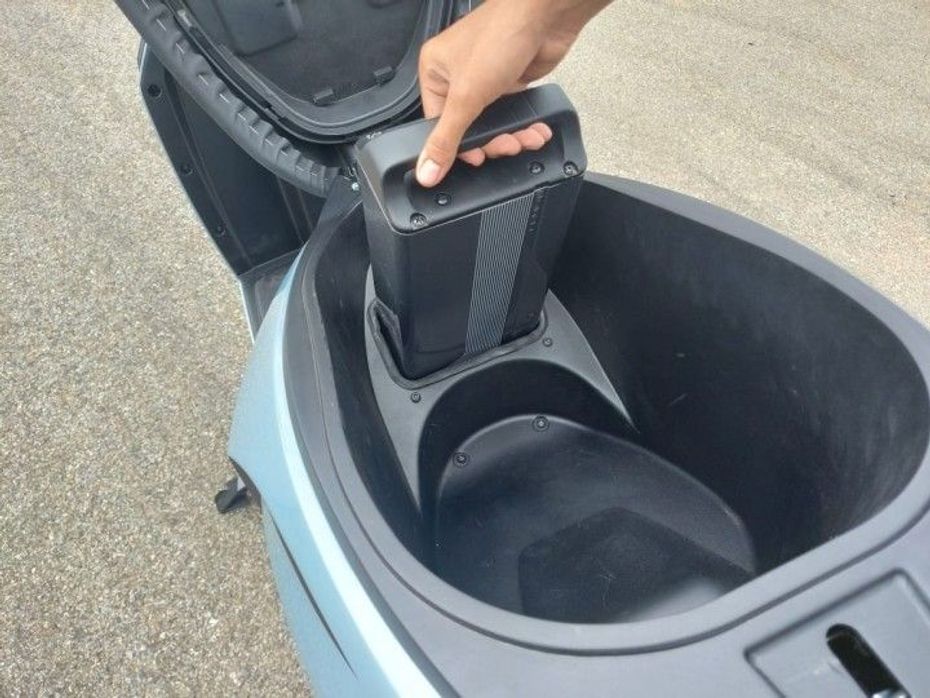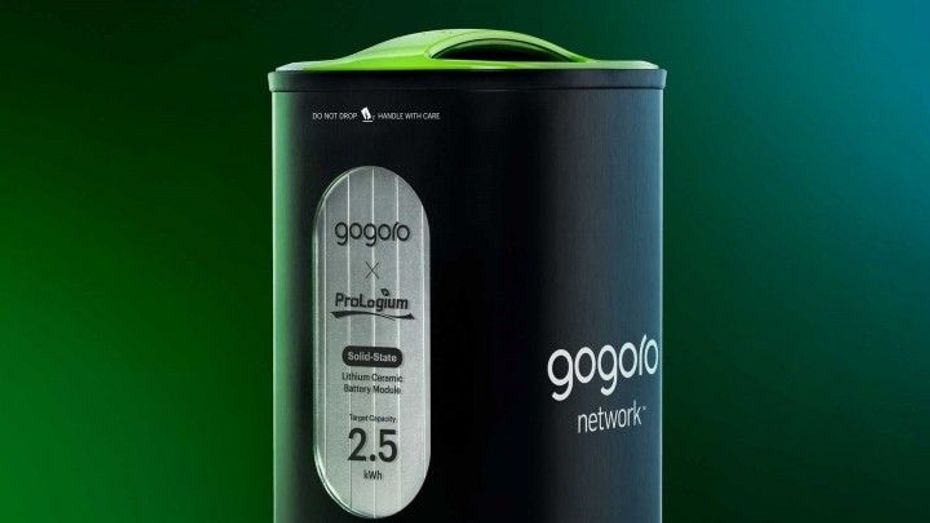
EXCLUSIVE: 2024 Bajaj Pulsar 150 Launched, Know Onroad Price, New...
- Apr 9, 2024
- Views : 4860


Electric vehicles have grown immensely in the last couple of years as an alternative to the Internal combustion engines, and are seeing a vast popularity with major auto-manufacturers entering the EV space with feature-laden, capable products. Talking about electric vehicles, what sits at the heart of an EV is the battery pack and today we will discuss the types of battery tech commonly used in the auto industry.
Lead-acid Batteries
Starting us off are the lead acid batteries, which are rechargeable units, that have been around for the longest time, electrifying the automobiles. The grid structure in lead-acid batteries consists of a negative electrode made of porous lead in a plate dipped in dilute sulfuric acid. This is where the reactions take place for the charge and discharge to occur. The process majorly involves converting potential chemical energy into electrical energy and back again.
The lead-acid batteries are heavy, and have faster discharge rate with less energy density, however, they are cheaper to produce as compared to the li-ion batteries.

Lithium-ion Batteries
Lithium-ion is a comparatively newer technology, which was developed in the 1990s, but has recently emerged to be the leading battery tech in different types of applications. Inside the battery, the positively charged lithium ions are carried by the liquid electrolyte from anode to the cathode and vice versa. This movement is what consequently creates charge.
Li-ion batteries are much lighter in weight as compared to the lead-acid ones, although they are expensive to manufacture, and consequently, are costly. They also have a slower discharge rate making them reliable and a preferred option for EV applications. You can read more about the difference between lithium-ion and lead-acid batteries here.
Nickel Metal Hydride
The Nickel metal hydride (NiMH) batteries came into existence in the 2000s and were largely used in the application of hybrid vehicles.
The current in a NiMH battery is created by an electrochemical charge and discharge reaction between the electrodes consisting of hydrogen-absorbing alloy and nickel oxide hydroxide, which is helped by an alkaline electrolyte.
This type of battery tech has a longer life-cycle and is safer as compared to lead-acid ones. However, NiMH batteries have a high discharge rate and are also more expensive to produce.

Solid State Batteries
Solid State Batteries (SSB) are primarily the same as li-ion ones, except one difference, it uses a solid electrolyte unlike the li-ion’s liquid one. The rest of the process remains the same of ions travelling from the anode to the cathode and vice-versa. This tech is still in its preliminary stages, but when it does come into application, it has the potential to change the way our batteries work. The SSB has an even higher energy density than the li-ion, it also has a longer life-span and increased safety, all in a smaller size.
Gogoro, a Taiwanese e-scooter and battery swapping company unveiled a prototype of the world’s first solid state lithium ceramic swappable battery. The company has claimed that the SSB will increase the capacity of current lithium batteries by more than 140 percent. More interestingly, the SSB’s will also be reverse compatible with all existing Gogoro-powered electric vehicles.
Summing up, the Lead-acid batteries are still widely used in the affordable EV segment, even though the lithium-ion ones are leading in terms of tech. The solid state batteries still are in prototype stages, but with the scientific progress and success, widespread application won’t be too far away.

EXCLUSIVE: 2024 Bajaj Pulsar 150 Launched, Know Onroad Price, New...

Ather Rizta’s Underseat Storage Revealed In New Teaser

Ather Rizta vs Ola S1 Air vs Bajaj Chetak vs TVS iQube :...

Ather Rizta Launch On April 6: From Expected Price To Range...

Weekly Bike News Wrap-up: Bajaj Pulsar N125 And N250 Spied, Ather...

BREAKING: Ather Rizta Pre-Bookings Begin

Ather Rizta Launch Tomorrow: Know Expected Price, Range, Features And...

BREAKING: Ather Rizta Launched In India At Rs 1.10 Lakh

Upcoming Bajaj CNG Bike: What We Know So Far
India's largest automotive community